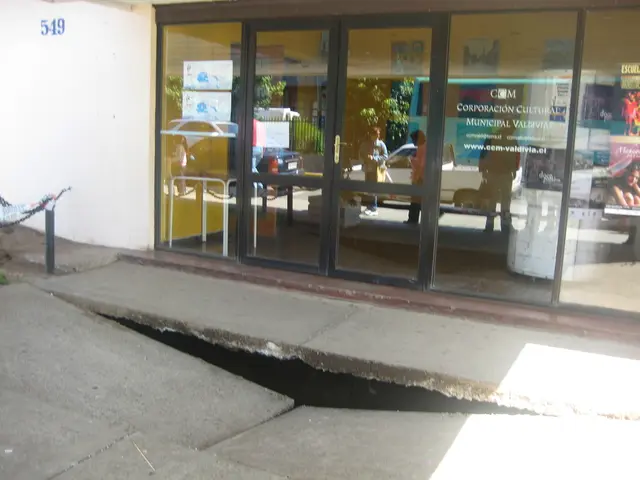Road Safety: Navigating Drowsiness Behind the Wheel
When you feel fatigued while driving, consider these options: - When road fatigue hits, here's what you can do:
Let's talk about a tricky situation many drivers face: feeling tired while you're cruising down the highway. Ensure you're alert and safe on the road by following these tips, especially during holiday travel.
Just recently, a minibus skidded off the A48 near Koblenz, resulting in three fatalities and six injuries. The Public Prosecutor's Office in Mainz suspects that the driver might have nodden off, causing the accident. So, how can you identify if you're too fatigued to drive safely, and what should you do in such a situation?
Recognizing the Signs
When you're feeling drowsy, it's essential to recognize the warning signs. Here are some common ones:
- Yawning frequently
- Difficulty focusing
- Blinking excessively
- Struggling to keep your lane
- Trouble remembering the last few kilometers traveled
- Sudden changes in speed without intention
Taking Action
If you notice any of these signs, it's time for a break. The ADAC recommends taking a break every two hours. It's best to stretch your legs, take a walk, or enjoy some fresh air. A quick 15 to 20-minute nap on the side of the road can also help. However, short-term solutions like caffeinated drinks or loud music won't be as effective as a proper rest.
Drowsiness means an acute risk of accidents, with potentially tragic consequences. A driver who dozes off for even five seconds at 100 km/h can cover almost 140 meters without realizing it, according to the ADAC.
Modern vehicles are equipped with various assistance systems designed to help recognize drowsiness and prevent accidents. These include drowsiness warning systems, which monitor driving behavior for signs of fatigue, like uneven steering or lane deviations. If the vehicle's set values deviate too much, the driver receives a warning. Other systems, like emergency braking and lane keeping assistants, can help prevent accidents due to microsleep or mitigate their severity.
By following these tips and staying vigilant, you can reduce the risk of accidents caused by drowsiness while driving. Don't forget to get a good night's sleep before an extended drive, take advantage of rest stops, and listen to your body's signals. Drive safely, and enjoy the journey!
Additional Resources:
- Stay hydrated and well-rested
- Avoid peak sleepiness hours
- Use technology like driver attention monitoring systems
- Keep the vehicle well-ventilated
- Stimulate your senses by engaging in conversations or listening to music
- Don't rely solely on caffeine or energy drinks
By adopting these strategies, you can significantly reduce the risk of accidents caused by drowsiness while driving.
- In the realm of community policy, it's crucial to include education about the dangers of driving while drowsy and the signs to recognize, enhancing general-news and health-and-wellness content.
- The concept of drowsiness behind the wheel can be intertwined with discussions surrounding war-and-conflicts, as fatigue is a common issue for military drivers.
- When discussing fitness-and-exercise routines, it's important to note that maintaining a good sleep schedule can contribute to overall mental-health and wellness, reducing the risks of fatigue during vital activities like driving.
- In the context of politics, policymakers could advocate for increasing funding for vocational training programs focused on developing skills for driving safety, reducing accidents caused by drowsy drivers and advancing career opportunities for professional drivers.
- Science researchers could study the effects of drowsiness in various driving conditions, aiming to develop new vehicle technologies that detect and prevent driver fatigue incidents, contributing to the advancement of science and the improvement of safety in the vocational training sector for commercial drivers.








